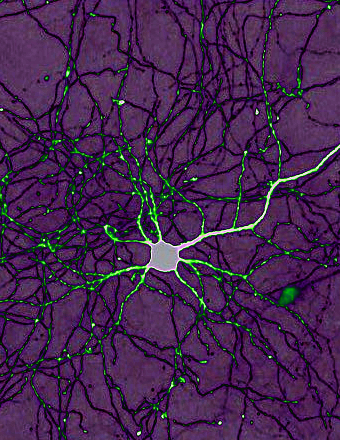Locals make brain breakthrough
 Local experts have made a major advance in neurological research - growing live brain cells from patients, in a petri dish.
Local experts have made a major advance in neurological research - growing live brain cells from patients, in a petri dish.
The key advance by experts at Flinders University and South Australian Health and Medical Research Institute (SAHMRI) could be a critical element in achieving targeted drug treatments for individuals with neurological disorders and enhance future studies on conditions ranging from dementia, Parkinson’s, epilepsy, autism and mental health.
Researchers around the world have developed the ability to turn patients’ skin cells into induced pluripotent stem cells and brain cells.
The breakthrough has given new hope for neurological therapeutic discoveries, which are notoriously difficult due to limited access to patient brains.
However much still needs to be accomplished to make this lab model as realistic and effective as possible.
With the help of a $1 million injection of funding by the Michael J Fox Foundation, Shake it up Foundation and The Hospital Research Foundation, the Australian lab has published details of a new approach to test potential treatments.
“This new substrate will significantly improve laboratory testing on human brain cells,” says Associate Professor Cedric Bardy.
“Advancing patient-specific pre-clinical research is so important for so many people both young and older who currently suffer from brain disorders and may not have time to wait for expensive and lengthy clinical trials with very slim chance of success.
“I believe testing drugs on patient cells before enrolling in clinical trials will be a game-changer for medical discoveries, but we need to get the model right. This study takes us closer to this goal.”
The new substrate applied to petri-dishes maintains complex electrical connections between neurons, allowing researchers to model the patient’s brain more accurately and determine the best treatment with more certainty.
The new substrate which will be manufactured at the TekCyte’s Mawson Lakes facility in South Australia.








 Print
Print